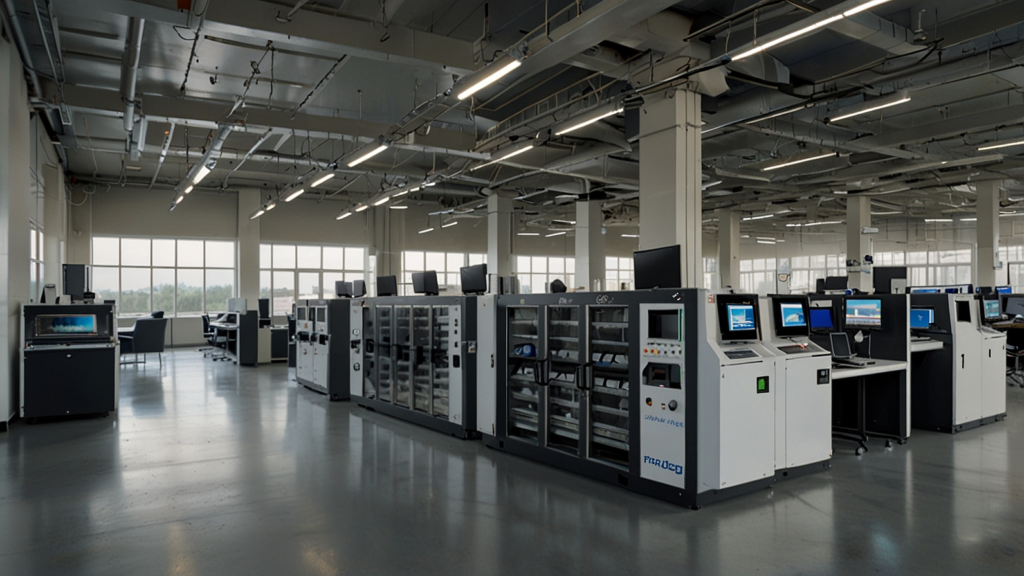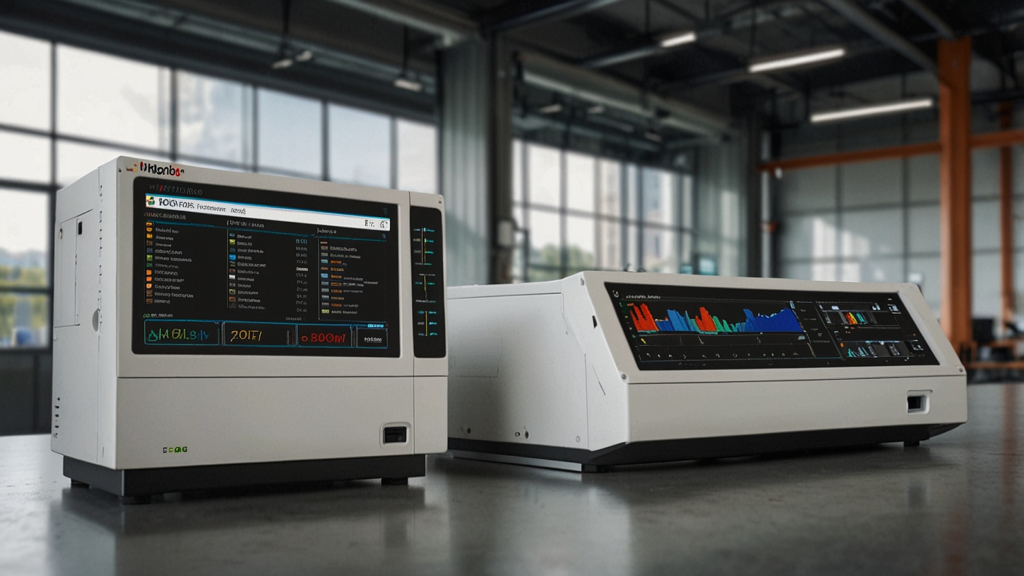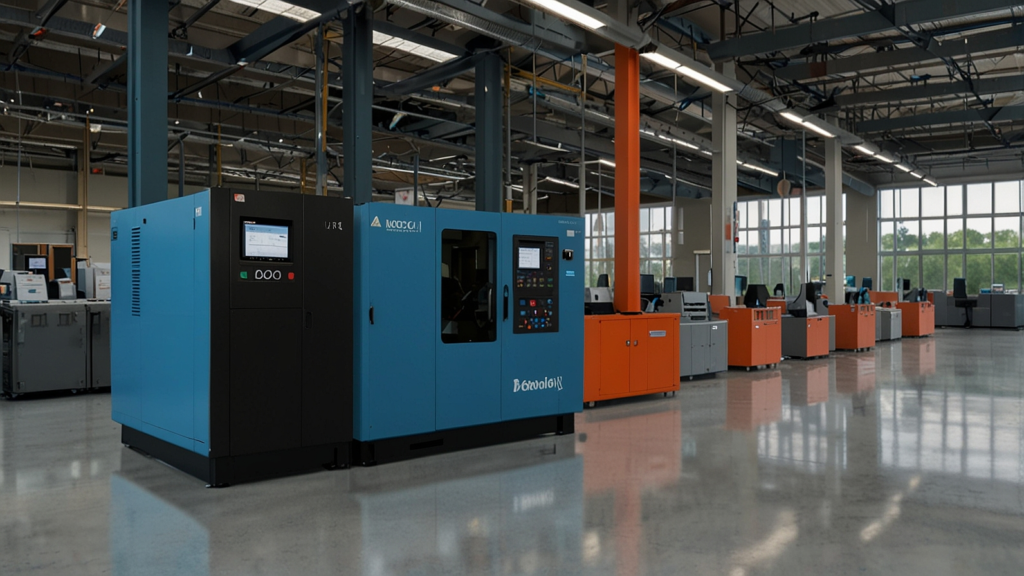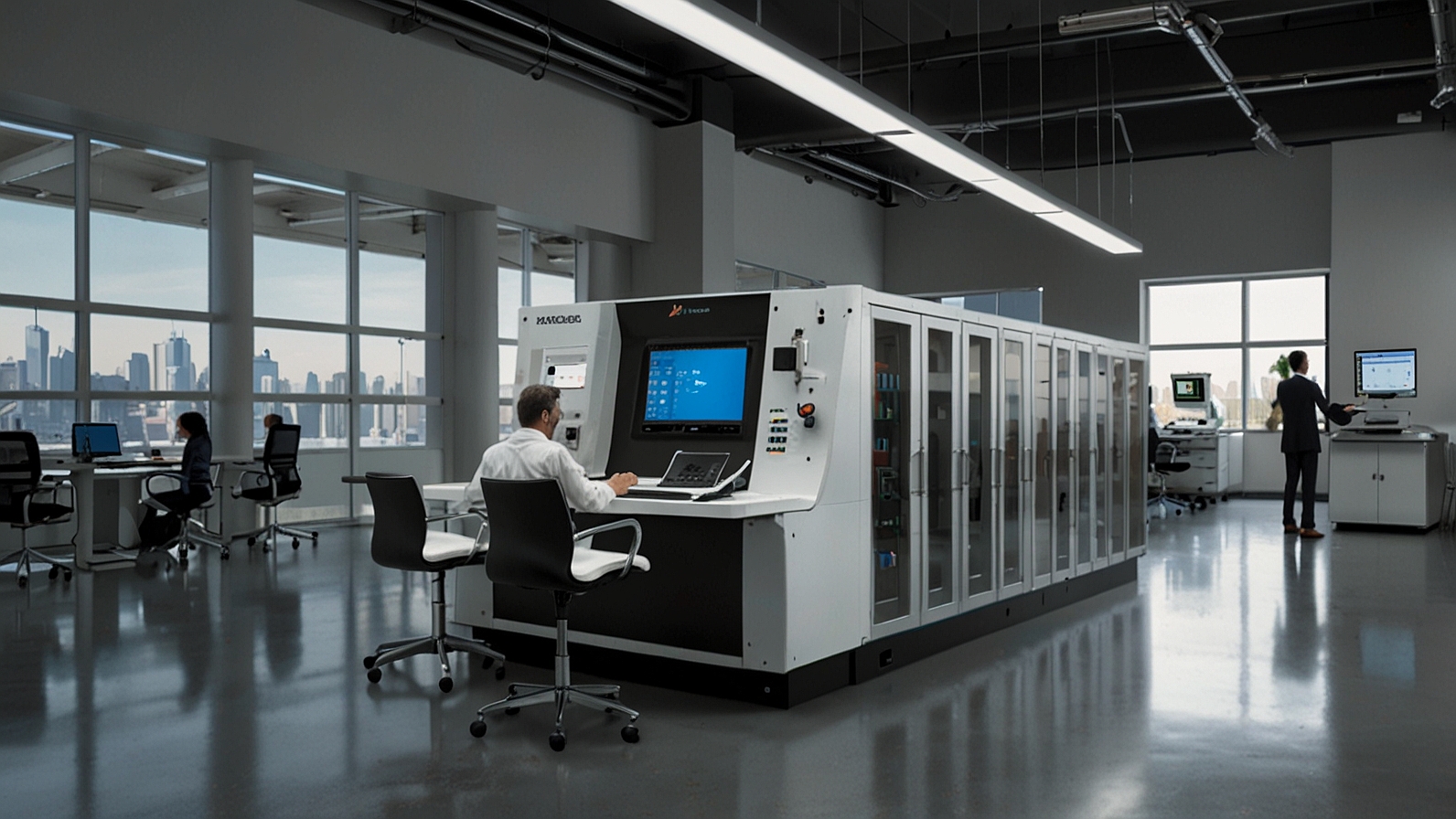Introduction
In the modern digital era, the ability to seamlessly integrate various systems and platforms is essential for maximizing efficiency and streamlining operations. One such integration that has proven valuable to many industries is linking Hugolog with an IPC terminal. This integration facilitates the flow of data and ensures smooth communication between different technologies. But how exactly can you link Hugolog with an IPC terminal? In this comprehensive guide, we will break down the entire process step by step, addressing the technical considerations, benefits, and practical applications of this connection.
Understanding Hugolog and IPC Terminal
Before diving into the specifics of how to link Hugolog with an IPC terminal, it’s essential first to understand what each of these systems represents and their roles in modern operations. Hugolog is a sophisticated logging and monitoring platform widely used across industries that require precise tracking of data and system performance. It is particularly beneficial for organizations managing complex systems and infrastructures. Hugolog allows users to store, analyze, and retrieve log data in real-time, making it an indispensable tool for troubleshooting and optimizing performance.
An example of an IPC terminal is a terminal deployed in an industrial or manufacturing environment applicable for real-time control of the entire system, with communication with other terminals or devices controlled through a central control system being a common purpose. These terminals belong to the Industrial PC (IPC) system that interfaces with facility floors, storage facilities, and industrial automation solutions. The IPC terminal performs an important function of routing between the hardware and software devices to enable efficient communication between the two. With a clear picture of what Hugolog and the IPC terminal are, let’s consider how we may connect the two of them.
Why Link Hugolog with an IPC Terminal?
The integration of Hugolog with an IPC terminal offers several advantages, particularly when it comes to enhancing operational efficiency. By linking these two platforms, industries can streamline their data-logging processes, reduce downtime, and improve troubleshooting. The IPC terminal collects data from industrial machines, devices, or sensors, while Hugolog helps store and analyze this data in real-time.
For example, in a manufacturing setting, the IPC terminal might collect data from various machines, including performance metrics or fault indicators. Without an integrated system like Hugolog, this data might not be stored or analyzed effectively. However, by linking Hugolog with the IPC terminal, operators can track machine health, monitor trends, and quickly identify issues before they escalate. This type of predictive maintenance can save costs and enhance the efficiency of operations.

The Technical Process of Linking Hugolog with IPC Terminal
Several technical steps must be followed to ensure compatibility and a smooth data flow between the two systems. The process typically involves configuring both the Hugolog platform and the IPC terminal to communicate with each other via a network protocol. It might involve several stages, including system setup, data transmission protocols, and security considerations.
Step 1: Ensure Compatibility Between Hugolog and IPC Terminal
Before proceeding with any configuration, it’s vital to ensure that both Hugolog and the IPC terminal are compatible. It includes checking the operating systems, the communication protocols they use, and the software versions of both systems. Hugolog supports a variety of communication protocols, including REST API, which is commonly used for linking with IPC terminals. Some IPC terminals also have specific drivers or software that allow them to interface directly with platforms like Hugolog.
Compatibility checks also extend to ensuring that the IPC terminal has the necessary hardware and software infrastructure to run the Hugolog client or any related application. For example, if the IPC terminal runs on a specific Linux distribution, the appropriate Hugolog client version that supports Linux must be installed.
Step 2: Install and Configure the Necessary Software
Once compatibility is confirmed, the next step is to install the necessary software on both systems. On the IPC terminal, this may involve installing specific libraries or applications required to communicate with the Hugolog platform. Depending on the software setup, this could include installing certain API libraries or network communication tools that allow the IPC terminal to send data to Hugolog.
For Hugolog, you will need to ensure that the platform’s logging service is set up to accept incoming data from external sources. In most cases, Hugolog will provide configuration files or a dashboard where you can set up data ingestion endpoints. This process typically involves configuring the IP address of the IPC terminal, setting up the proper ports, and establishing a secure connection between the two systems.
Step 3: Configure Communication Protocols
With the necessary software in place, the next critical step is configuring the communication protocols between Hugolog and the IPC terminal. It will likely involve setting up a TCP/IP connection or using an MQTT broker for message queuing, depending on the specific use case.
For instance, if you’re using Hugolog’s REST API to send data from the IPC terminal, you’ll need to configure the IPC terminal to send HTTP requests to Hugolog’s API endpoint. Similarly, if you’re using MQTT, both the Hugolog platform and the IPC terminal should be configured to publish and subscribe to relevant topics.
Security is a major consideration when linking any two systems. Both the IPC terminal and Hugolog should use encryption protocols such as TLS/SSL to protect the integrity and confidentiality of the data transmitted between the systems. It ensures that sensitive information is not intercepted or altered during transmission.
Step 4: Test the Integration
Once the communication protocols are configured, it’s essential to test the connection between Hugolog and the IPC terminal. During the testing phase, you should monitor the data being transmitted between the two systems to verify that the data is accurately logged, stored, and displayed in Hugolog. Ensure that the IPC terminal is properly transmitting real-time logs, machine metrics, or other relevant data to the platform.
During this stage, it is advisable to check for any potential errors, such as missing data or issues with connectivity. Testing ensures that everything is functioning as expected before moving into full-scale operations.

Benefits of Linking Hugolog with IPC Terminal
Adding Hugolog to an IPC terminal opens up a range of opportunities, primarily because it is valuable for those industries where operational and control processes require real-time data acquisition.
Real-Time Data Logging and Monitoring
Another major benefit realized from coupling Hugolog with the IPC terminal is the possibility of recording and surveillance of data where necessary in a real and immediate manner. It is especially important in industrial circumstances, when, for example, unscheduled data collection can slow down production or even cause equipment breakdown. The two systems are integrated such that after connecting all the relevant machines and accessing the sensors, the operators have an avenue to view some newest data and take necessary actions on the machine in case there is a problem with the system.
Enhanced Troubleshooting and Predictive Maintenance
Another key benefit is the ability to perform predictive maintenance. With Hugolog’s robust log analysis tools, operators can detect patterns in the data coming from the IPC terminal. It can help predict potential machine failures before they occur, allowing for scheduled maintenance rather than costly emergency repairs. The combination of Hugolog’s data analytics capabilities and the real-time data provided by the IPC terminal helps ensure smooth operations and prevent unexpected downtimes.
Increased Efficiency and Automation
When Hugolog is linked with an IPC terminal, processes become more efficient. Automation features, such as automatic data logging, alerts, and reports, can be set up to notify operators of potential issues or system updates. This level of automation reduces the need for manual intervention, allowing workers to focus on more critical tasks and enhancing overall productivity.
Improved Data Analysis and Reporting
By linking Hugolog to the IPC terminal, organizations can access powerful data analytics tools that help visualize trends and generate actionable insights. Hugolog provides advanced reporting tools, enabling operators to view the health status of various devices, identify inefficiencies, and fine-tune their operations.

Security Considerations When Linking Hugolog with IPC Terminal
Security is a paramount concern when link Hugolog with an IPC terminal. Since the data exchanged between the two platforms may contain sensitive operational information, robust security measures should be put in place. Encryption, firewalls, and secure access controls are essential to prevent unauthorized access and protect the integrity of the data.
Both the Hugolog platform and the IPC terminal should be regularly updated with the latest security patches, and any communication between them should be secured using TLS/SSL protocols. Additionally, access to Hugolog should be restricted to authorized personnel only, ensuring that sensitive log data is protected from potential threats.
Conclusion
Connecting Hugolog to an IPC terminal should present an immense opportunity for industries that require real-time data monitoring, logging, and analysis in the industry. To synch Hugolog with the IPC terminal, it helps to follow the steps written in this guide: Check Compatibility, Install Required Software, Set up Communication Settings, and Perform Testing.
Following the integration, a potential for stronger real-time data collection, optimized predictive maintenance, automation, and quality reports can strongly contribute to productivity. Another aspect remains the security measures to be put in place to ensure that the actual data flowing between the two systems is protected.
Therefore, Hugolog’s integration with an IPC terminal is an effective method of improving industrial performance and guaranteeing future success. The development of this technology will help industries gain a competitive edge or remain competitive and ahead of different competitors and allow them to cut down on their downtime as they make informed decisions.
